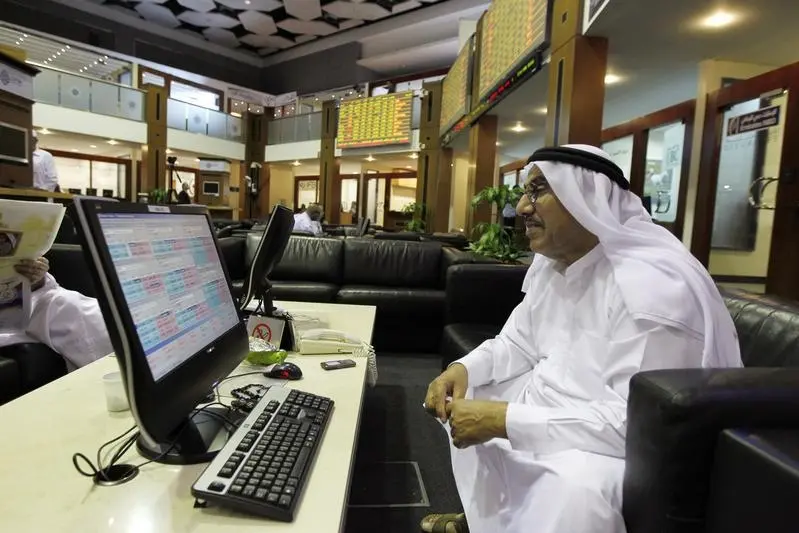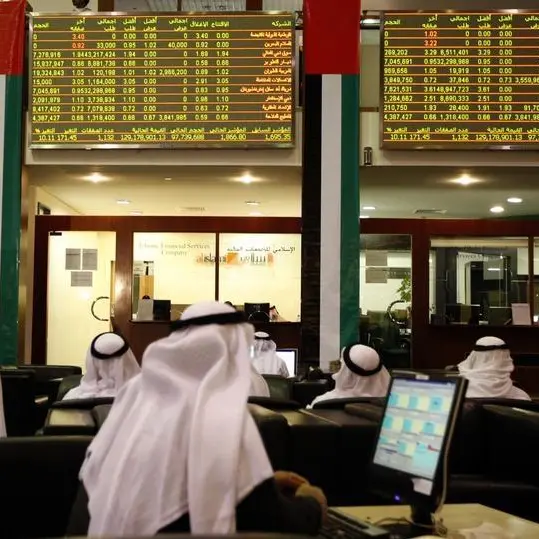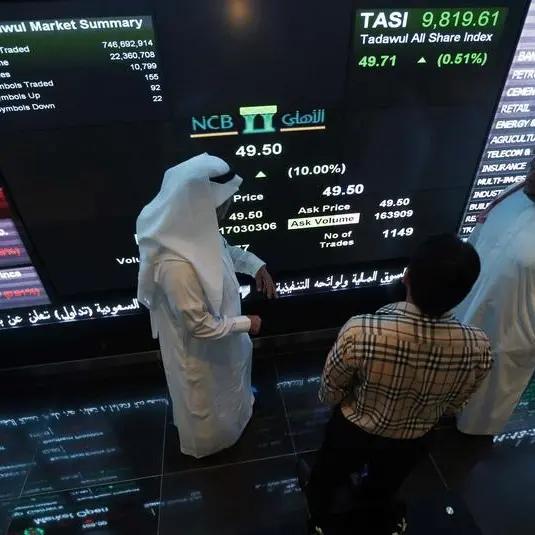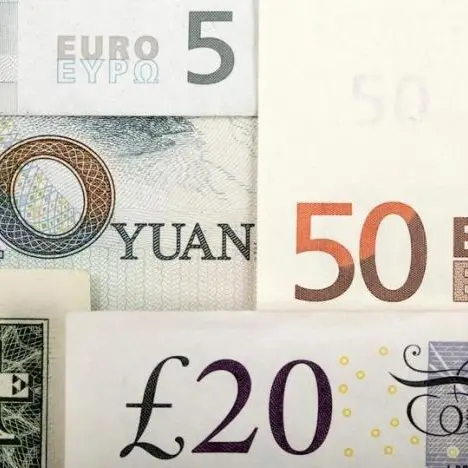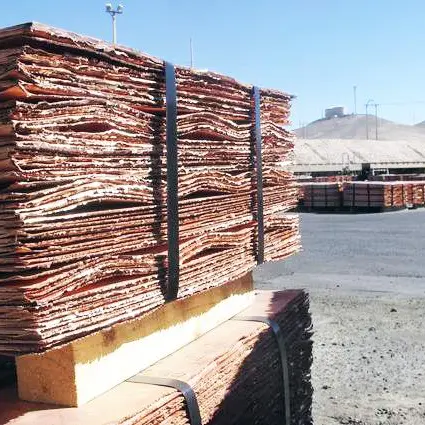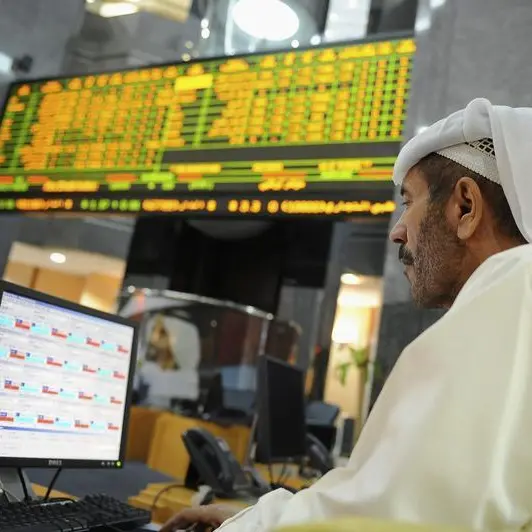PHOTO
The number of Islamic bond (sukuk) issuances in the UAE are expected to double this year as compared to last year as some more issuances are in the pipeline which could be released during the remainder of 2018, global ratings agency S&P analysts said on Tuesday.
Mohamed Damak, senior director and global head of Islamic finance, financial institutions ratings, S&P Global, said the number of UAE sukuk issuances had reached $6.4 billion so far this year as compared to $3.7 billion last year. "Some more issuances are in the pipeline. By 2018-end, we expect them to be issued later this year which will double by the year-end," Damak added.
Islamic finance industry growth is expected to stabilise at around five per cent with total assets growing from $2.1 trillion last year to $2.15 in 2019 and $2.3 trillion in 2020.
"We expect slow growth mode for Islamic finance because the industry is still concentrated in few countries which happened to be oil exporters such as GCC, Iran and Malaysia. While some core Islamic finance countries have been experiencing some challenges also over the last 12 months and these challenges are expected to continue. For example, Institute of International Finance has predicted recession of almost 3 per cent in 2018 and nearly 4 per cent in 2019 for Iran. Similarly, Turkey made headlines due to lira's plunge and significant slowdown of the economy. So overall, that is causing the Islamic finance industry to continue on its slow growth mode," Damak added.
He pointed out that only bright spot was sukuks in 2017 which saw significant increase in terms of issuances. S&P expects the first nine months of 2018 were marked by a drop of 15 per cent of total sukuk issuances and 34 per cent for foreign currency issuances. S&P expects $70-80 billion in sukuk issuances in 2018 without re-opening and $90-100 billion with re-opening. In 2017, $95.9 billion worth of sukuks were issued as compared to $68 billion in the previous year, an increase of 41 per cent.
GCC banks
Mohamed Damak said GCC Islamic banks' asset growth has slowed down quite considerably in 2018 and is now more or less on par with the conventional banks.
"We expect that situation to continue as well in 2019 with four per cent growth of total assets of GCC banks. The only two factors that could change base case scenario are geopolitical risk and any significant drop in oil prices."
However, he pointed out GCC Islamic banks still have strong fundamentals, representing a quarter of total assets of the banking system in the Gulf region.
"Their profitability is still adequate and asset quality is also good at three per cent of non-performing loans. The Islamic banks in the region are sitting on a large number of liquid assets which make up 20 per cent of the total assets. Overall, the liquid situation is still good in global standard context as they have high capitalisation," Damak added.
Sovereign ratings
Benjamin Young, primary credit analyst, S&P, said the ratings and outlook will remain stable for most of GCC sovereigns as recent uptake in oil prices have supported fiscal revenues.
"We expect little change in the ranking of the seven sovereigns with assets totaling more than 100 per cent of GDP through our current forecast horizon to 2021. All GCC members are among the 22 sovereigns with liquid assets exceeding 25 per cent of GDP, another three of them have liquid assets worth more than 100 per cent of GDP," Young said in a note. -
Copyright © 2018 Khaleej Times. All Rights Reserved. Provided by SyndiGate Media Inc. (Syndigate.info).
